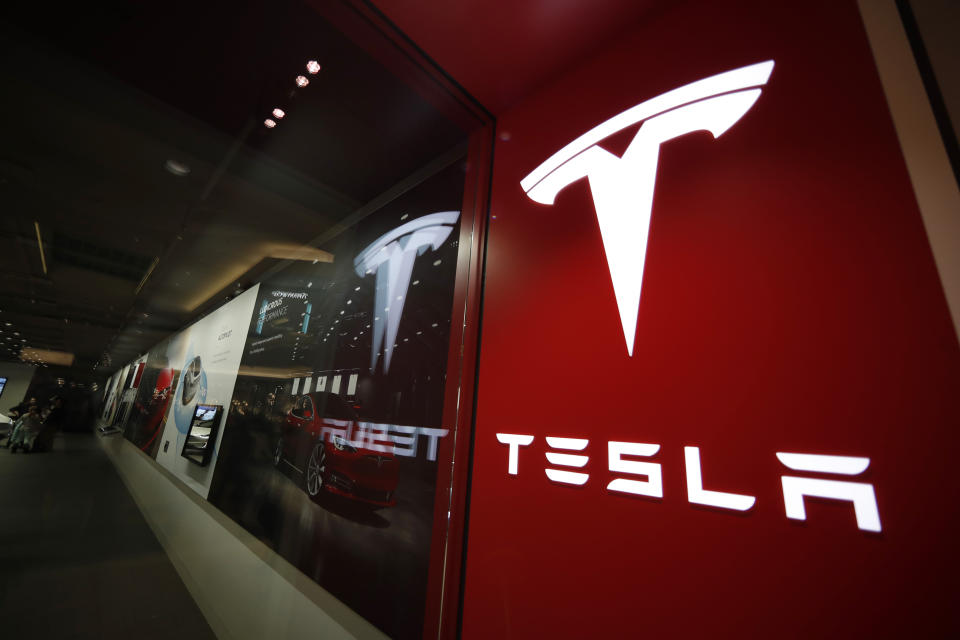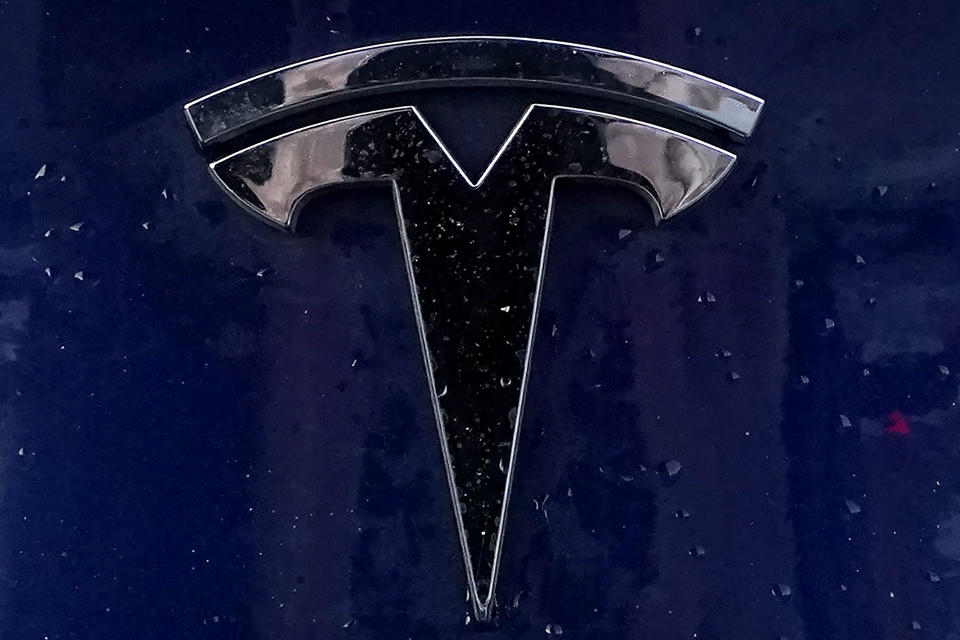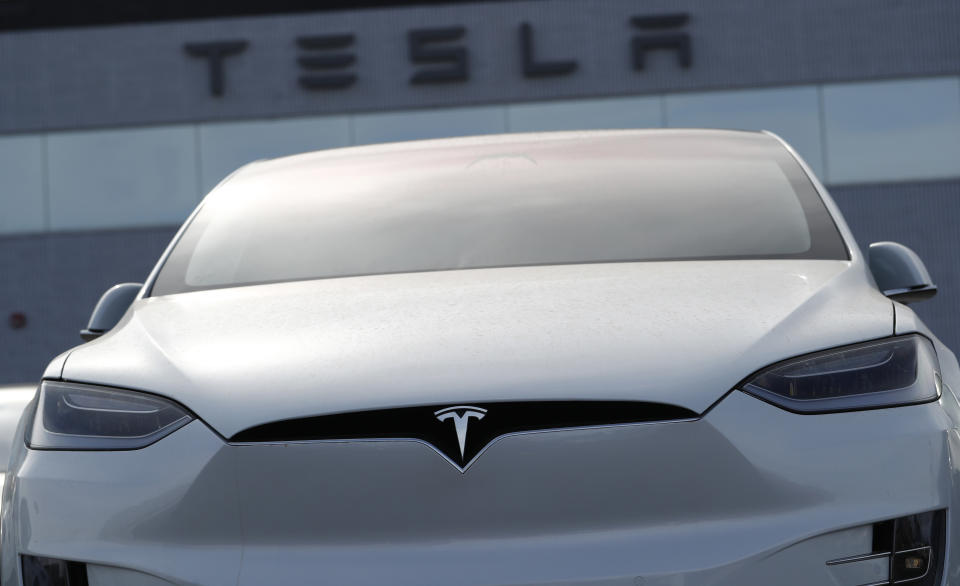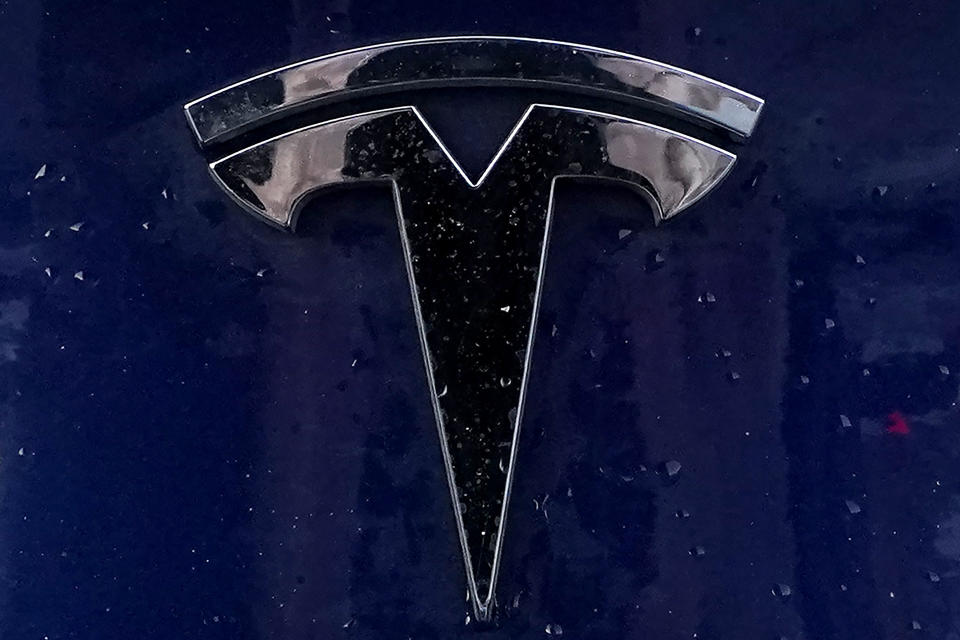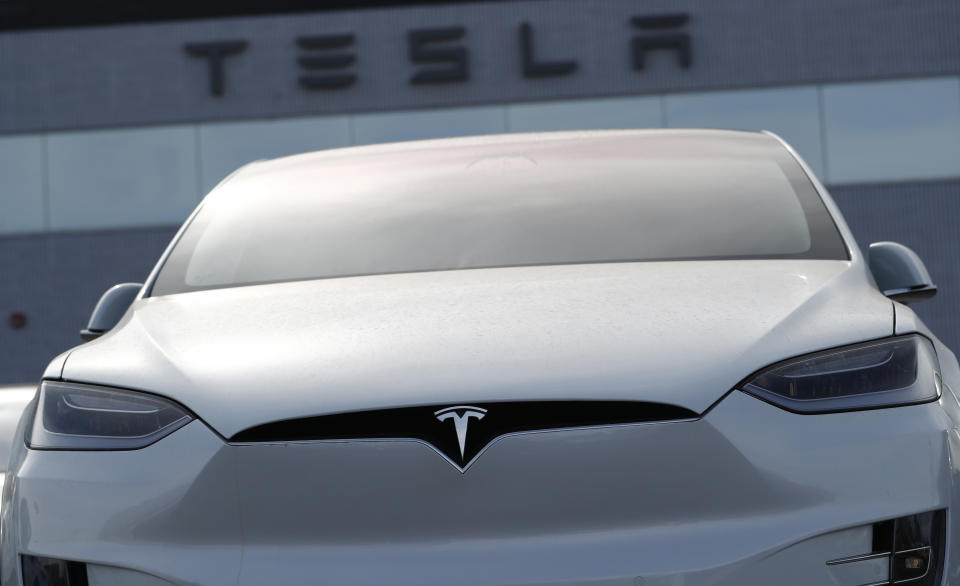Tesla's price cuts drag share prices sharply lower
DETROIT (AP) — Tesla shares fell sharply Thursday as the company felt the sting of numerous price cuts it made across its model lineup this year in hopes of energizing sales.
Tesla is shaving thousands of dollars off the price of its cars as American consumers pull back spending on big ticket items, anxious over elevated inflation and a pair of U.S. banks that collapsed during Tesla's first quarter.
Tesla's sales did climb during the quarter, but the amount of money generated per sale fell on price cuts, and first-quarter profit slumped 24%, the company said late Wednesday.
Shares of Tesla Inc. tumbled 9.8% after dropping 2% on Wednesday. They closed at $162.99, the lowest point since late January.
The shares have rallied all year after a significant sell-off in 2022.
TDCowen analyst Jeffrey Osborne said he’s “concerned” about Tesla’s strategy of selling as many vehicles as possible at lower profit margins and counting on revenue generated later from “Full Self-Driving” technology. Osborne remains skeptical about when that technology will be available.
“We continue to question whether FSD will ever work on a camera-only based system” with older hardware, Osborne wrote.
Tesla made $2.51 billion from January through March, down from $3.32 billion a year ago. Revenue rose 24% to $23.33 billion, but the company’s operating profit margin fell.
CEO Elon Musk hinted that price cuts may not be over. He told analysts that Tesla evaluates them daily and wants to keep producing the maximum number of vehicles possible.
“Orders are in excess of production,” he said when asked what happened to orders since recent price cuts were announced.
Early in the quarter Tesla reduced U.S. prices on many of its models, then did it a second time early in March. The company slashed U.S. prices two more times in April, including overnight Wednesday, in an effort to boost sales. It trimmed prices in Europe as well.
The company produced nearly 18,000 more vehicles than it sold during the quarter, indicating softening demand.
Tesla’s first-quarter operating margin fell from 19.2% in the first quarter of last year to 11.4% this quarter.
Musk said Tesla wants to sell more vehicles at lower prices so it later can take in revenue from its $15,000 “Full Self-Driving” system that will turn cars into robotaxis and increase their value.
Despite the name, the cars cannot drive themselves, and Tesla warns drivers that they have to be ready to intervene at all times.
In 2019, Musk promised a fleet of autonomous robotaxis by 2020, and he said early last year that the cars would be autonomous in 2022. Since 2021, Tesla has been using owners to beta test “Full Self-Driving” on public roads.
But Tesla’s partially automated driving systems are coming under increasing scrutiny from U.S. safety regulators. The National Highway Traffic Safety Administration has sent investigative teams to more than 30 crashes since 2016 in which Teslas suspected of operating on Autopilot or “Full Self-Driving” have struck pedestrians, motorcyclists, semi trailers and parked emergency vehicles. At least 14 people were killed in the crashes.
In addition, NHTSA in February pressured Tesla into recalling nearly 363,000 vehicles with “Full Self-Driving” software because the system can break traffic laws. The agency said in documents that the system can make unsafe actions such as traveling straight through an intersection from a turn-only lane or going through a yellow traffic light without proper caution. The problems were to be fixed with an online software update.
The Justice Department also has asked Tesla for documents about “Full Self-Driving” and Autopilot.
